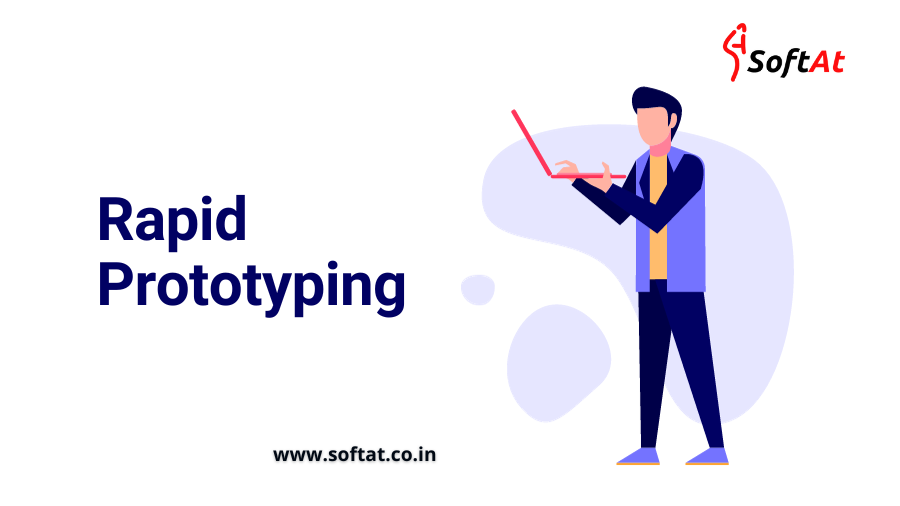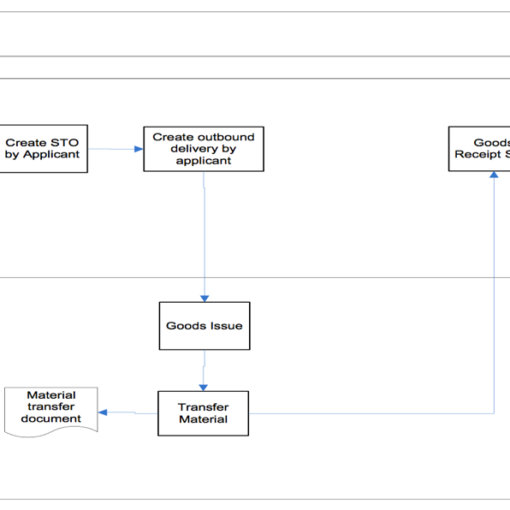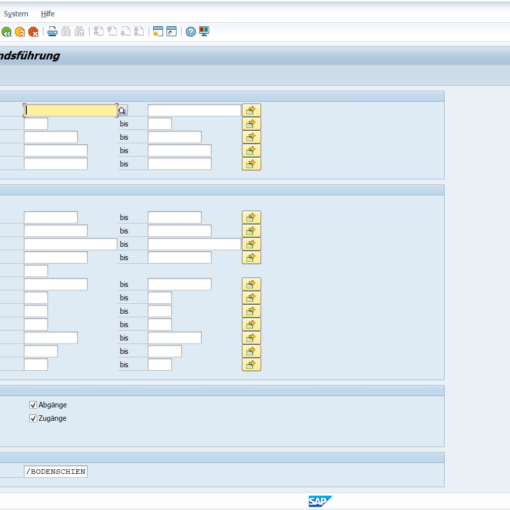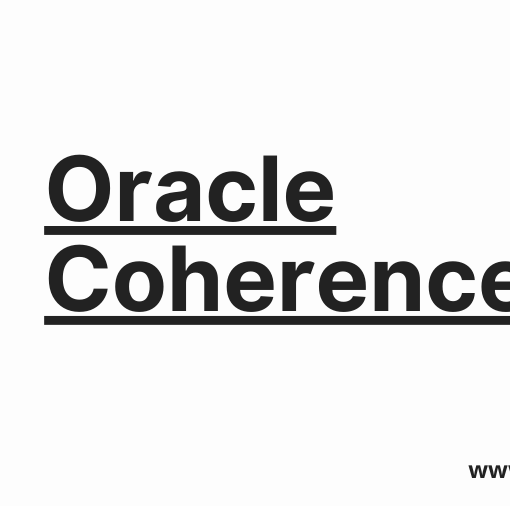1. Introduction
In the fast-paced realm of product development, the ability to transform ideas into tangible prototypes swiftly is a game-changer. This article dives into the world of Rapid Prototyping, exploring its definition, importance, techniques, challenges, and future trends.
2. Defining Rapid Prototyping
2.1 The Essence of Prototyping
Prototyping is the process of creating a preliminary version of a product to test and validate ideas. Rapid Prototyping takes this concept and injects it with a sense of urgency and agility.
2.2 What Makes it Rapid?
Rapid Prototyping is characterized by its speed in translating ideas into prototypes. The emphasis is on quick iterations, allowing for the exploration of multiple design possibilities in a condensed timeframe.
3. The Importance of Rapid Prototyping
3.1 Accelerating Product Development
The primary allure of Rapid Prototyping lies in its ability to accelerate product development cycles. By swiftly iterating through designs, teams can bring products to market faster and stay ahead of the competition.
3.2 Enhancing Collaboration and Communication
Prototypes serve as a visual language that transcends traditional barriers. Rapid Prototyping fosters collaboration by providing a tangible representation that all stakeholders, regardless of technical expertise, can understand.
3.3 Mitigating Risks Early in the Process
Identifying and resolving potential issues early in the development process is crucial. Rapid Prototyping allows teams to uncover challenges and refine solutions before substantial resources are invested.
4. Key Elements of Successful Rapid Prototyping
4.1 Ideation and Conceptualization
The rapid prototyping journey begins with a robust ideation phase. Teams must brainstorm and conceptualize ideas, ensuring a clear vision before diving into the prototyping process.
4.2 Choosing the Right Prototyping Tools
Selecting appropriate prototyping tools is paramount. From digital tools like Figma to physical methods like 3D printing, the choice depends on the nature of the product and the goals of the project.
4.3 Iterative Design and Feedback
It thrives on iteration. Continuous design refinement, coupled with prompt feedback loops, ensures that each iteration brings the prototype closer to the desired outcome.
4.4 User-Centered Approach
Prioritizing user feedback is at the core of successful prototyping. A user-centered approach ensures that the final product aligns with the needs and expectations of the end-users.
5. Types of Rapid Prototyping Techniques
5.1 3D Printing
3D printing has revolutionized physical product prototyping. Its ability to quickly produce detailed and tangible models facilitates a hands-on understanding of the product’s form and function.
5.2 Paper Prototyping
In the digital realm, paper prototyping remains a valuable technique. Sketching ideas on paper allows for quick visualization and can be particularly effective in early-stage conceptualization.
5.3 Digital Prototyping
Digital prototyping tools enable the creation of interactive and dynamic prototypes. These tools facilitate realistic user interactions and experiences, providing a comprehensive view of the final product.
5.4 Role of Virtual Reality
Virtual Reality (VR) is increasingly integrated into prototyping. It offers immersive experiences, allowing stakeholders to interact with a product in a simulated environment before it’s physically built.
6. Challenges in Rapid Prototyping
6.1 Balancing Speed and Quality
The need for speed can sometimes compromise the depth of prototyping. Striking the right balance between rapidity and quality is an ongoing challenge.
6.2 Managing Expectations
It sets high expectations for quick results. Managing these expectations, especially in complex projects, requires effective communication and transparency.
6.3 Integrating User Feedback Effectively
While obtaining user feedback is essential, effectively integrating it into the prototyping process can be challenging. Developing streamlined feedback mechanisms is crucial.
7. Real-world Examples of Rapid Prototyping Success
7.1 Tesla’s Iterative Approach
Tesla’s success story is intertwined with its iterative approach to design. Prototyping allows Tesla to test and refine new features, contributing to their reputation for cutting-edge innovation.
7.2 Spotify’s User Interface Evolution
Spotify’s user interface underwent multiple iterations through prototyping. This continuous refinement ensures a user-friendly experience that adapts to the evolving preferences of music enthusiasts.
8. Future Trends in Rapid Prototyping
8.1 Artificial Intelligence in Prototyping
The integration of Artificial Intelligence (AI) in prototyping holds the promise of automating certain aspects, speeding up the process further and providing intelligent design suggestions.
8.2 Democratization of Prototyping Tools
As prototyping tools become more accessible, there’s a trend towards democratization. This allows individuals with varying levels of technical expertise to contribute to the prototyping process.
9. Conclusion
In the dynamic landscape of product development, Rapid Prototyping emerges as a catalyst for innovation. By embracing speed, collaboration, and iteration, teams can navigate the complexities of bringing ideas to life in an ever-evolving market.
10. FAQs
10.1 What is the primary goal of rapid prototyping?
The primary goal of prototyping is to quickly create tangible representations of ideas to test and refine them efficiently.
10.2 How does it contribute to product innovation?
It accelerates the innovation process by allowing teams to experiment, receive feedback, and iterate quickly, fostering a culture of continuous improvement.
10.3 Are there industries where rapid prototyping is more prevalent?
It is prevalent across various industries, including manufacturing, automotive, software development, and consumer electronics.
10.4 How does user feedback impact the rapid prototyping process?
User feedback is integral to prototyping, guiding design iterations and ensuring that the final product aligns with user needs and preferences.
10.5 What role does technology play in the future of rapid prototyping?
Technology, including AI and accessible prototyping tools, is set to play a pivotal role in the future of prototyping, enhancing speed, automation, and democratization of the process.
You may be interested in:
The Future of Machines: Trends and Predictions





